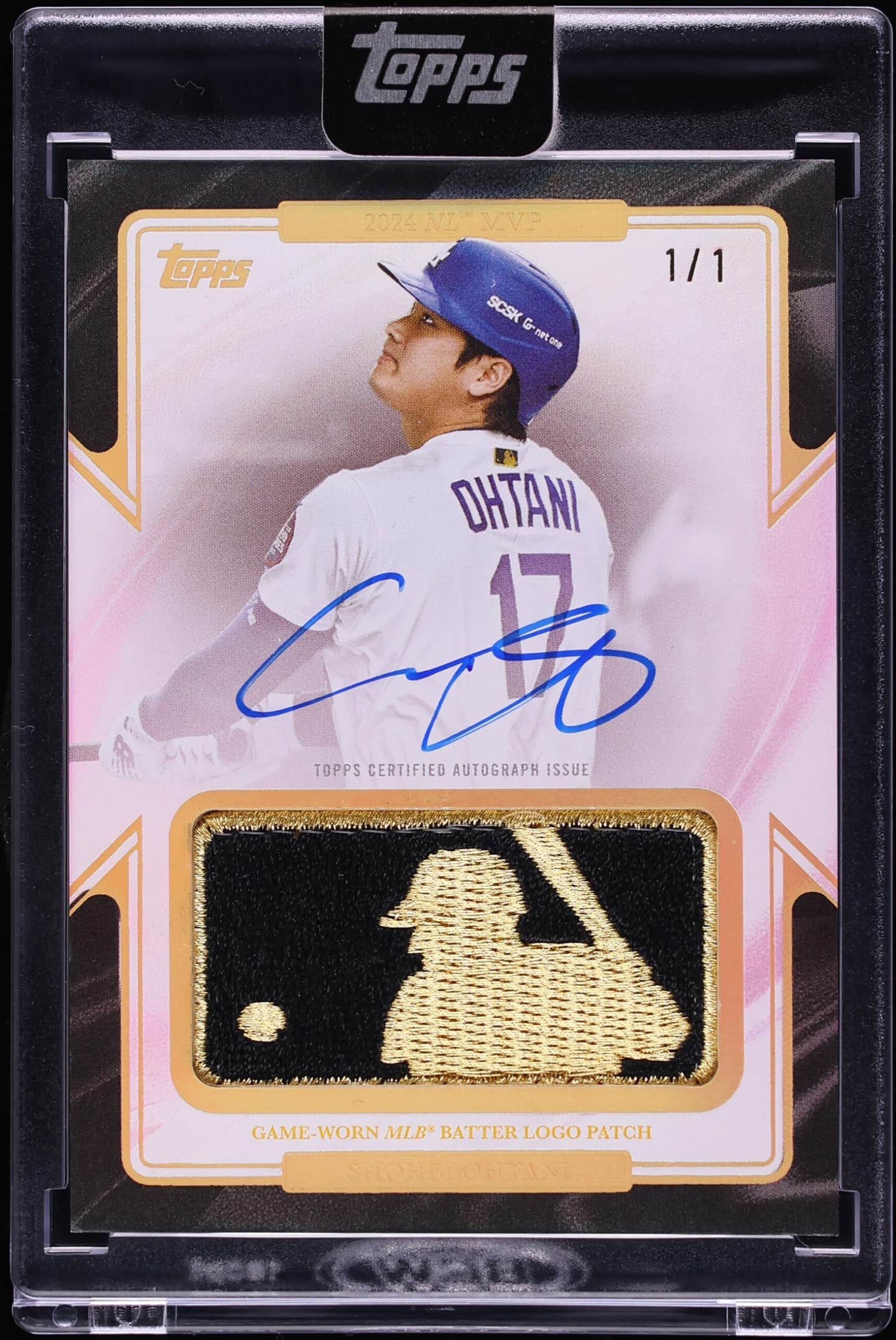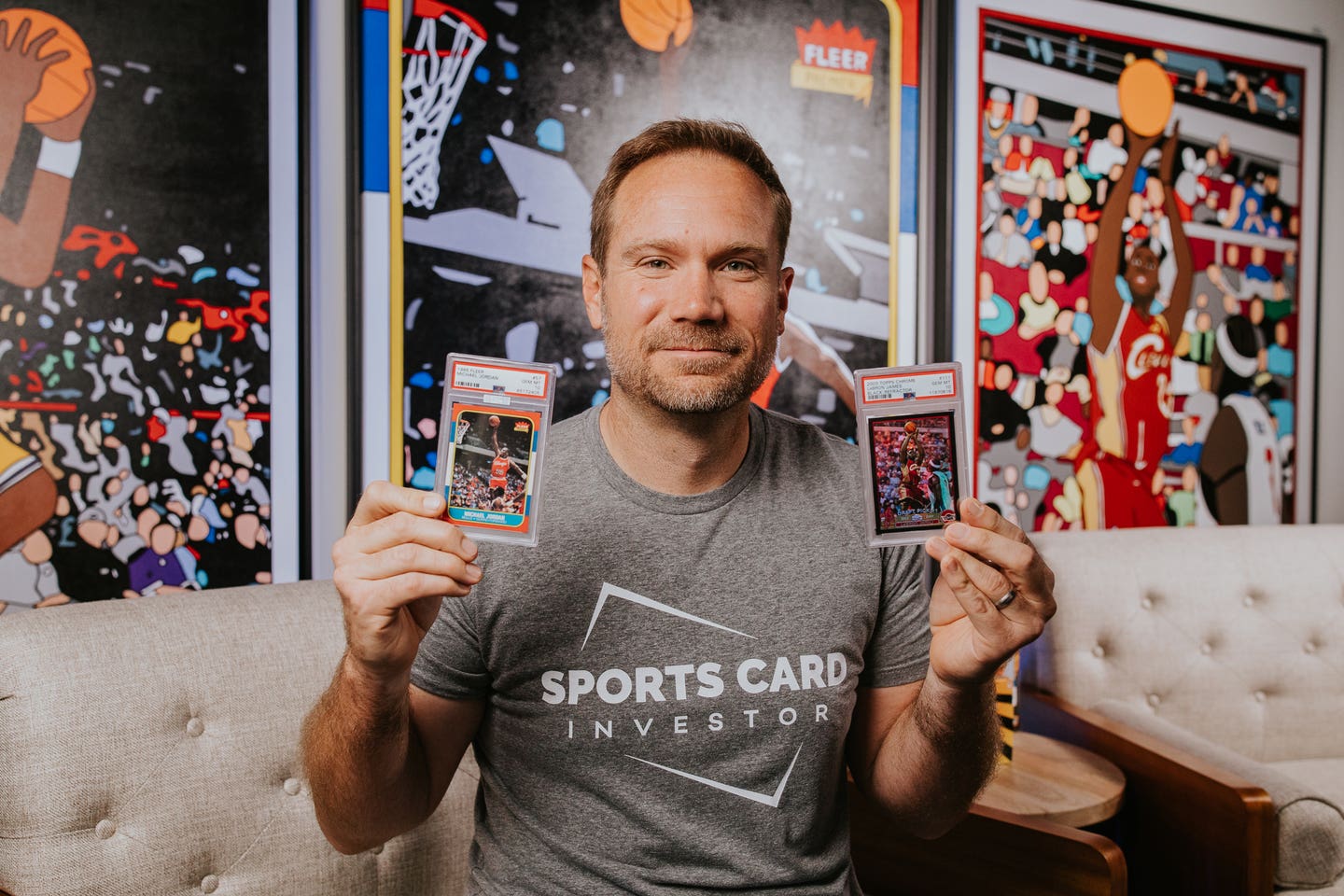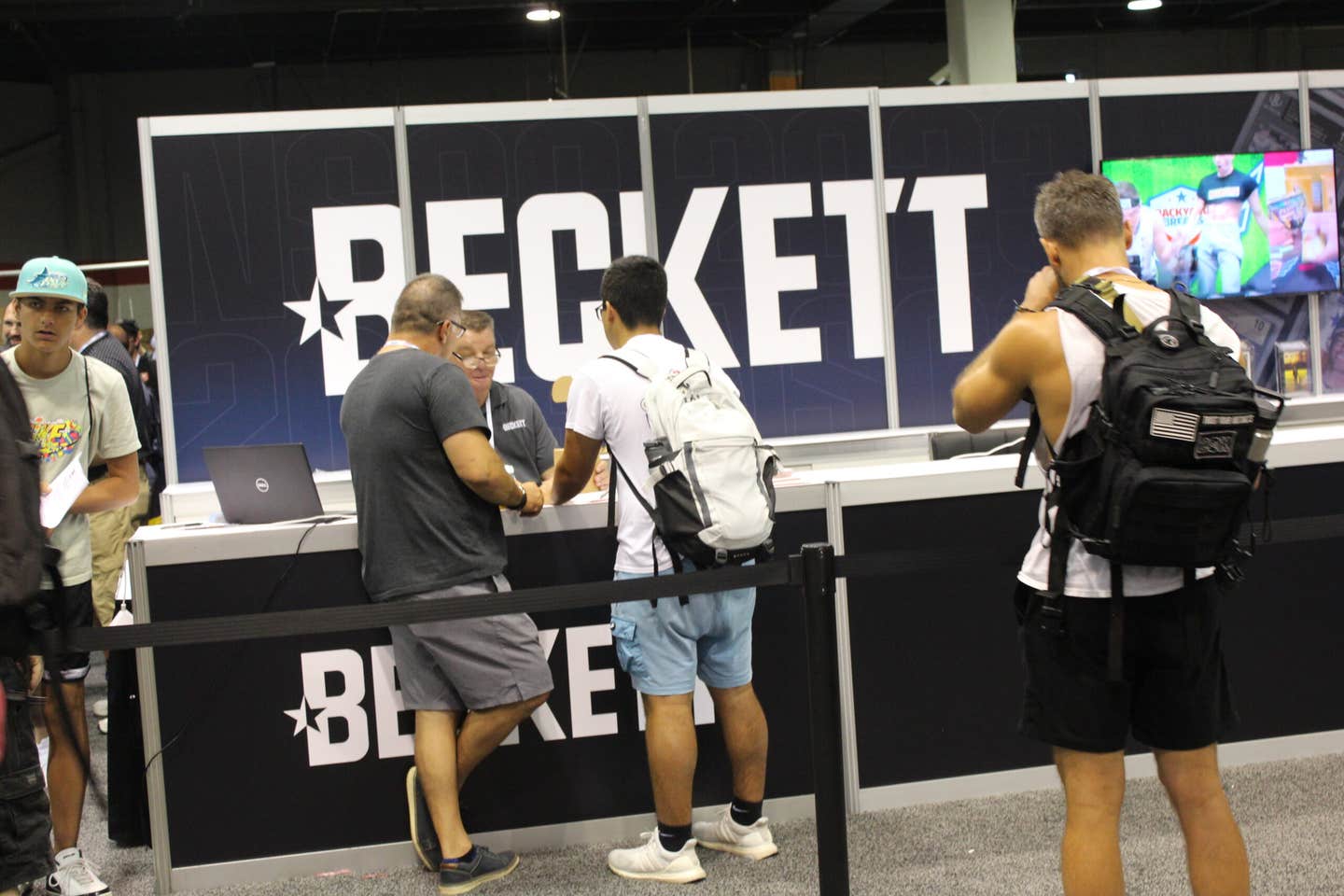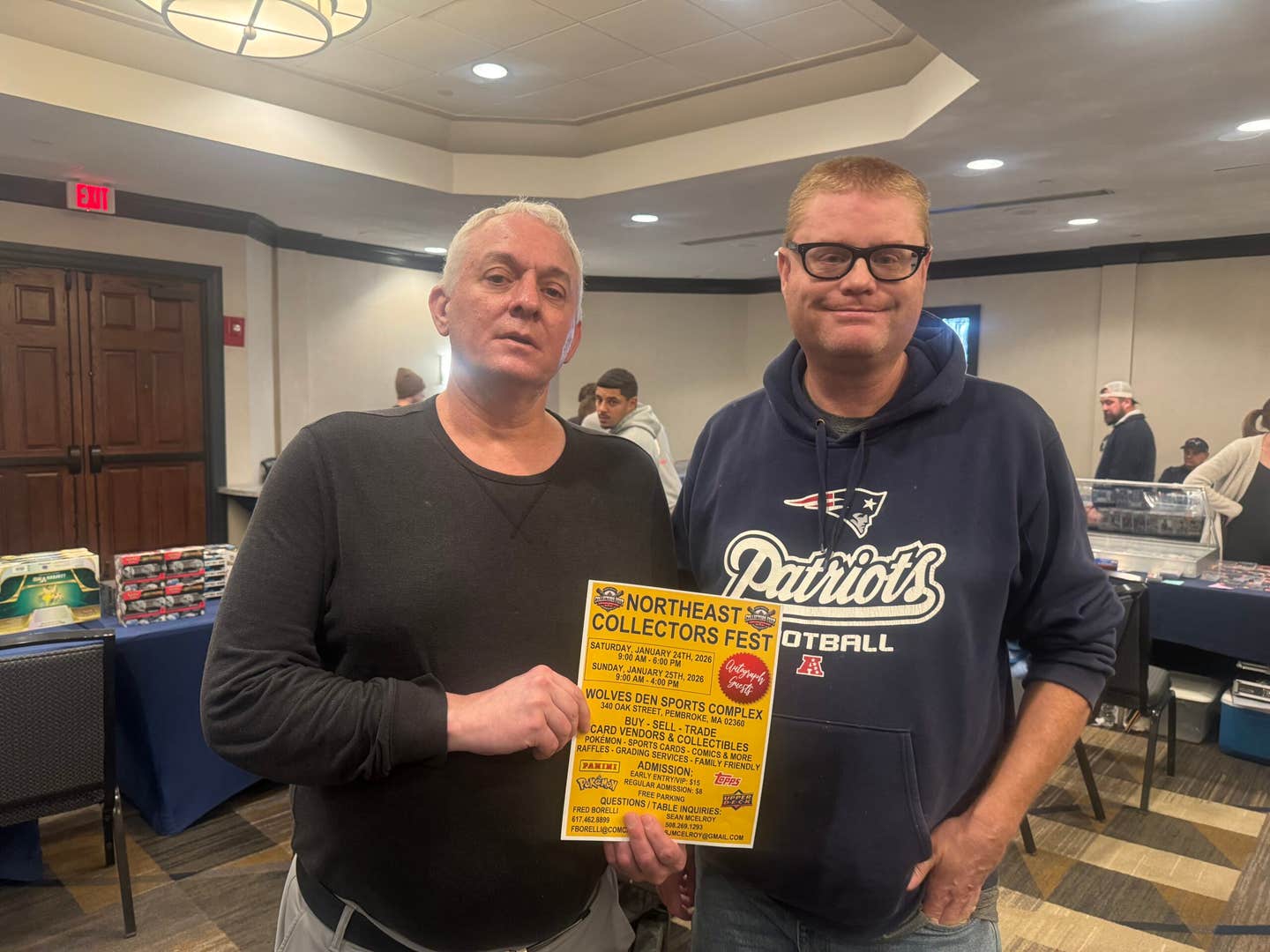News
This lame All Star Game cost me nothing at all …
Was it just me, or was this the quietest All-Star Game that anybody old enough to have voted for Richard Nixon – on any of three occasions – can remember?
I assume that part of my observation is from the fact that the game was played in Anaheim, where displays of either unbridled enthusiasm or raucous behavior are reserved for Disneyland or City Council zoning committee meetings when somebody pitches the idea of building a trailer park.
(This All-Star Game-related entry provided me the opportunity to use this cool artwork by Johnny Pennisi, which he sent to me this a.m. – Ed.)
But more likely, it’s just the game itself, which has seemingly had its vibrancy sucked out of it by the corporate behemoth that gobbles up everything and turns even glittering gems like the All-Star Game into a kind of mushy, spiceless meatloaf that can’t even be salvaged by a half bottle of ketchup.
But Commissioner Bud Lite bears some responsibility in this as well, which is sad, because just about everything I’ve ever read about him suggests he’s a genuine, full-throated, old-time baseball fan who truly makes decisions that he believes are in the best interest of the game. Golly, just imagine what it would be like if he were merely another buttoned-down Wall Street wannabe who was using the commissioner gig as a stepping stone to some real dough?
Selig’s brainchild about having the All-Star Game decide who gets home-field advantage in the World Series is one of those things that sounds harmless enough at first glance but begins to wobble hideously under any kind of close examination.
As the NFL is grudgingly conceding with its nutty four-game exhibition schedule, putting pretend importance on games that don’t count doesn’t work, largely because asking people who are in the best in the world do something kind of half-ass – meaning try to perform well but don’t get hurt – ends up serving up that aforementioned noxious meatloaf.
Making matters worse for MLB, Selig’s notion about opening the World Series is even more grotesque, because you’re asking 35 guys to care about something that – for example, using the American League – is truly only an incentive for the seven or eight Yankees on the squad.
But the real villain is money, that great and omnipresent evil that sullies virtually everything it ever touches. When a ballplayer might have been making, say, only seven or eight times what the average fan was making in a year, the idea of busting his butt a bit in an unofficial game probably wasn’t too much of a stretch; when a ballplayer is making 60 times as much as that fan sitting at the stands at the All-Star Game, not so much. Same goes for the more extreme cases – Sorry, A-Rod – where the ballplayer might be hauling down 400 times what the average schmuck in the stands claims on his income tax form.
So free agency is probably the real culprit here, and it’s a pretty good bet that the ballplayers are fairly comfortable with a trade-off that involves watering down a beloved exhibition game in favor of lifetime financial security.
Ironically, in my case at least, the change in the intensity of the game has actually ended up imperiling my personal financial security. From 1973-85, I won a then-impressive $50 a year from a friend who owned a tavern in Plattsburgh, N.Y., as my National Leaguers won every game between 1972 and 1982, then dropped one in 1983 and then added two more in 1984-85. For some reason, presumably just the separation of my being in Delaware instead of New York, we stopped betting starting in 1986.
Who knew the American League would then win 19 of the next 25 games? Not me. I liked things better when my Nationals won 24 of the first 28 All-Star Games I can remember.
Ah, the good old days!








